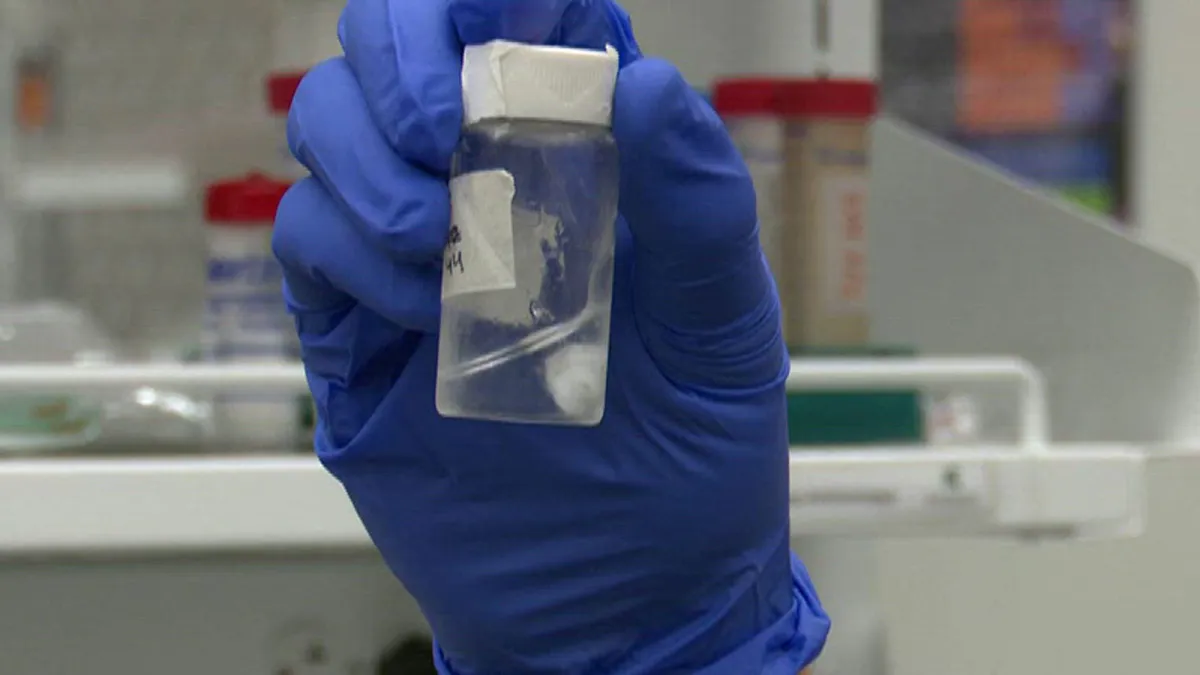
Researchers at Michigan State University have developed a gel that could prevent hair loss during chemotherapy treatment.
Bryan Smith, an associate professor at Michigan State’s College of Engineering and a member of the school’s Institute for Qualitative Health Science and Engineering, has developed a shampoo-like gel that he hopes will help protect patients’ hair throughout treatment.
Beyond physical appearance, Smith said he wanted to research hair-loss solutions to improve patients’ personal, social and professional anxieties that can come with chemo.
“This unmet need of chemotherapy-induced alopecia appealed to me because it is adjacent to the typical needs in medicine such as better treatments and earlier, more accurate diagnostics for cancer,” Smith said in a release. “This is a need on the personal side of cancer care that, as an engineer, I didn’t fully recognize until I began interviewing cancer physicians and former cancer patients about it. Once I understood, it became clear to me that better solutions are very important to many cancer patients’ quality of life.”
A cold cap is currently one of the only ways to reduce hair loss during chemotherapy, but Smith and his team are developing a less painful solution.
The gel is a hydrogel, which absorbs water and provides the long-lasting delivery of drugs to the patient’s scalp. It is designed to be applied to the patients’ scalp before the start of chemo and left on as long as chemo drugs are in their system.
Chemotherapeutic drugs damage and kill hair follicles when they reach blood vessels in the scalp. The gel, which contains lidocaine and adrenalone, prevents the drugs from reaching the hair follicles by restricting the blood flow to the scalp, keeping hair intact.
The gel is designed to be temperature responsive. It stays thicker in warmer temperatures and gets thinner the colder it gets.
“Just like a shampoo, the patient can put it on the hairy scalp as long as the gels should be on the scalp,” Smith told NBC affiliate WILX. It can do its job, and once they are done, they can just wash it away by a little bit cold water.”
The gel has already been studied in animal models. Now, Smith and his team are hoping to obtain federal and/or venture funding to move ahead with clinical trials and eventually human patients.
“The research has the potential to help many people,” Smith said. “All the individual components are well-established, safe materials, but we can’t move forward with follow-up studies and clinical trials on humans without the support of substantial funding.”



